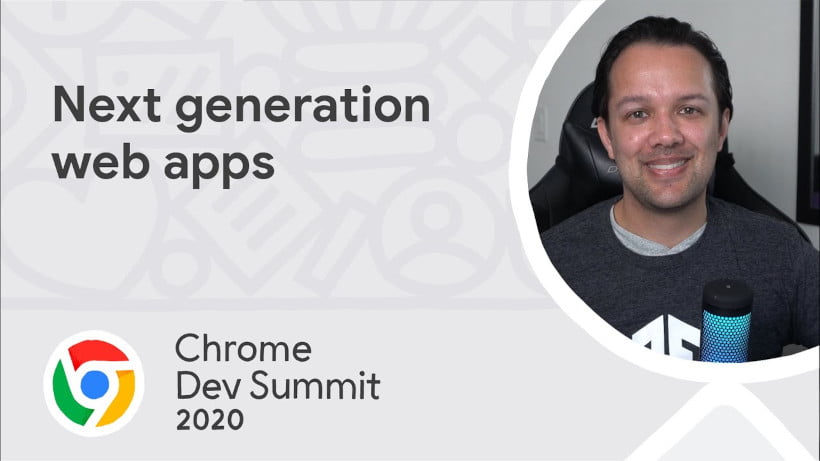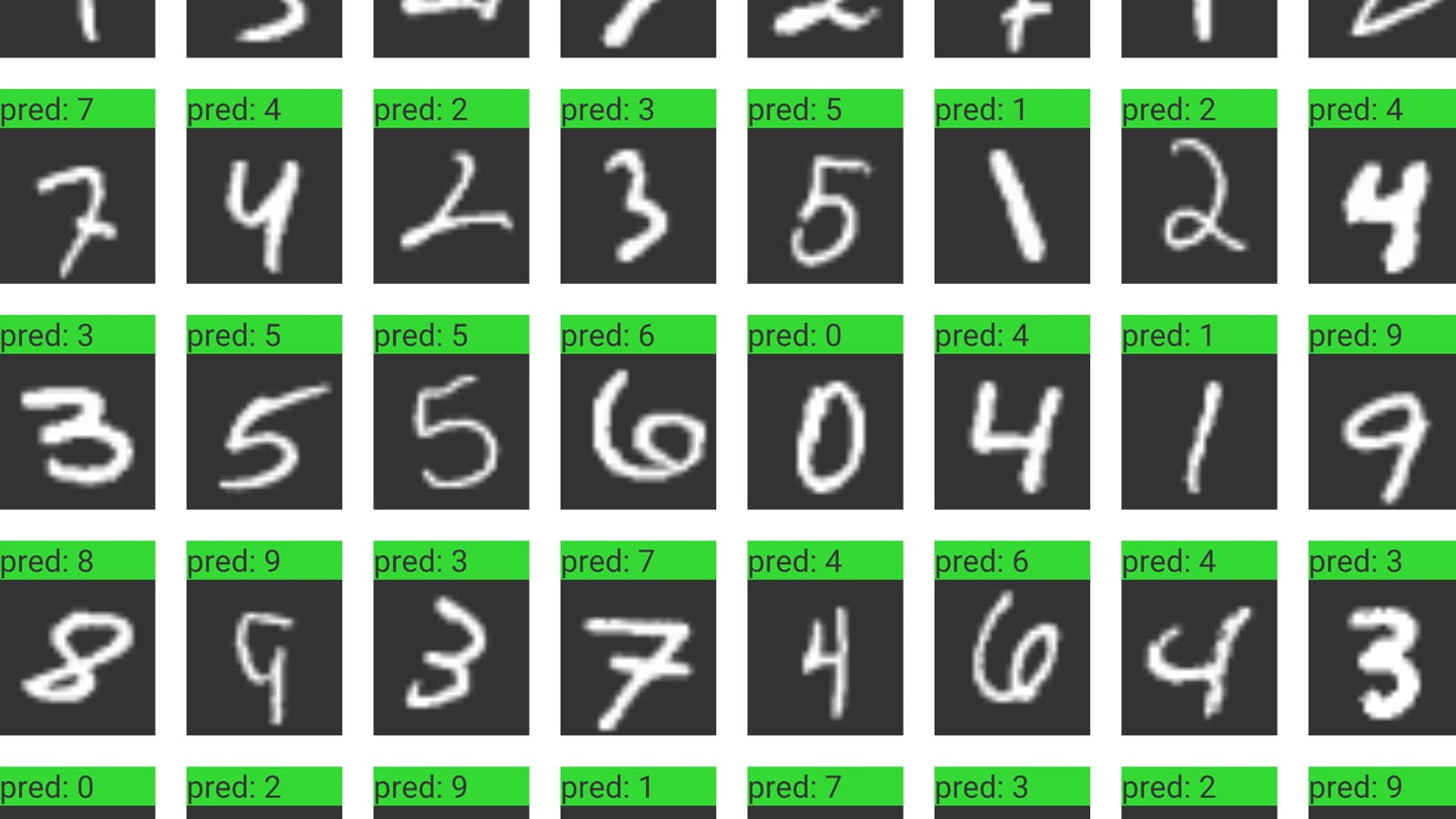TensorFlow לפיתוח JavaScript
לפני שמתחילים בחומרי הלמידה שלהלן, עליך:
היה נוח עם תכנות דפדפן באמצעות HTML, CSS ו-JavaScript
הכירו את השימוש בשורת הפקודה להפעלת סקריפטים של Node.js
תכנית הלימודים הזו מיועדת לאנשים שרוצים:
בניית מודלים של ML ב-JavaScript
הפעל מודלים קיימים בכל מקום שבו Javascript יכול לרוץ
פרוס דגמי ML לדפדפני אינטרנט
TensorFlow.js מאפשר לך לפתח או להפעיל מודלים של ML ב-JavaScript, ולהשתמש ב-ML ישירות בצד הלקוח של הדפדפן, בצד השרת דרך Node.js, native נייד דרך React Native, native שולחן העבודה דרך Electron, ואפילו במכשירי IoT דרך Node.js על Raspberry Pi. למידע נוסף על TensorFlow.js, ומה ניתן לעשות איתו, בדוק את ההרצאה הזו ב-Google I/O.
שלב 1: היכרות עם למידת מכונה בדפדפן
כדי לקבל מבוא מהיר על יסודות ML ב-JavaScript, קח את הקורס בקצב עצמי ב-Edx או צפה בסרטונים למטה שלוקחים אותך מהעקרונות הראשונים, לשימוש במודלים קיימים מראש, ואפילו בניית רשת עצבית משלך לסיווג. אתה יכול גם לנסות את צור מצלמת אינטרנט חכמה ב- JavaScript Codelab לקבלת הדרכה אינטראקטיבית של מושגים אלה.

מבוא זה ברמה גבוהה ללמידת מכונה ב-JavaScript מיועד למפתחי אינטרנט המעוניינים לעשות את צעדיהם הראשונים עם TensorFlow.js.

עבור מאפס לגיבור עם web ML באמצעות TensorFlow.js. למד כיצד ליצור יישומי אינטרנט מהדור הבא שיכולים להפעיל בצד הלקוח ולהשתמש בהם כמעט בכל מכשיר.

למד כיצד לטעון ולהשתמש באחד מהדגמים המאומנים מראש של TensorFlow.js (COCO-SSD) ולהשתמש בו כדי לזהות אובייקטים נפוצים עליהם הוא אומן.





